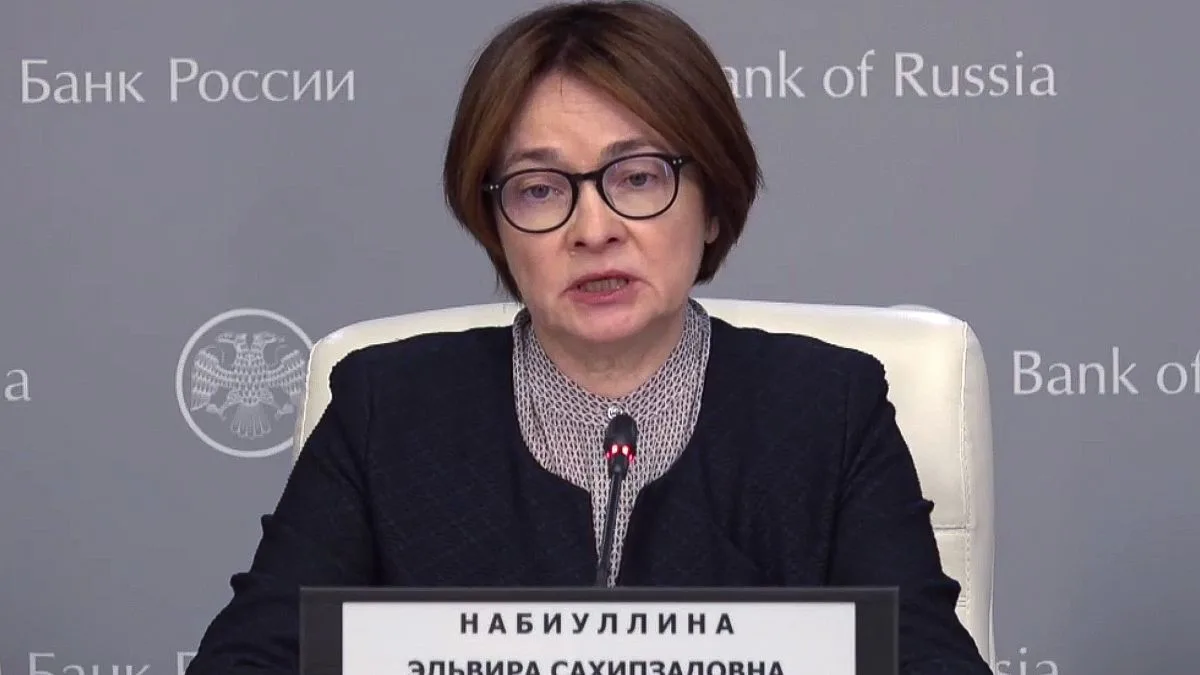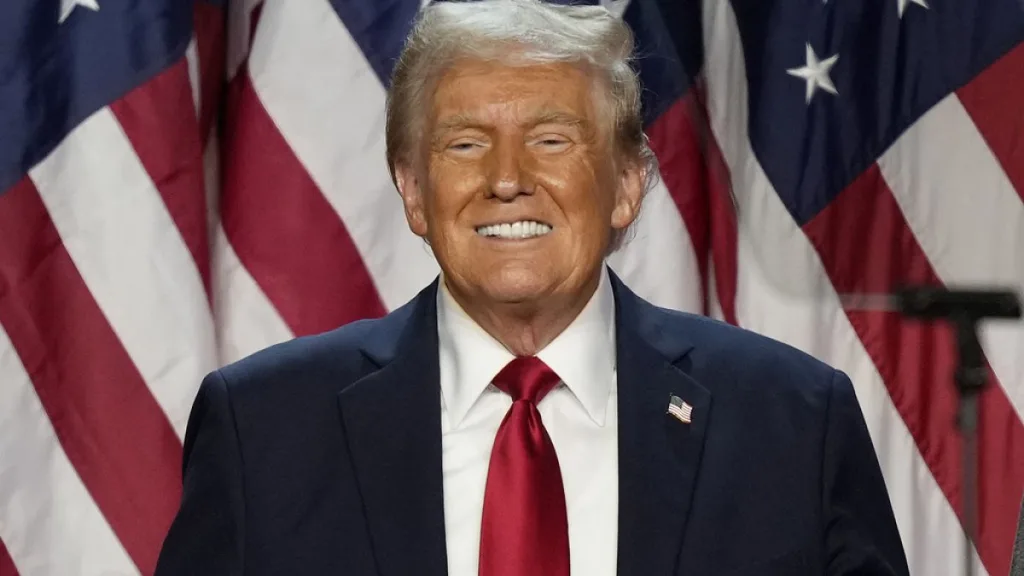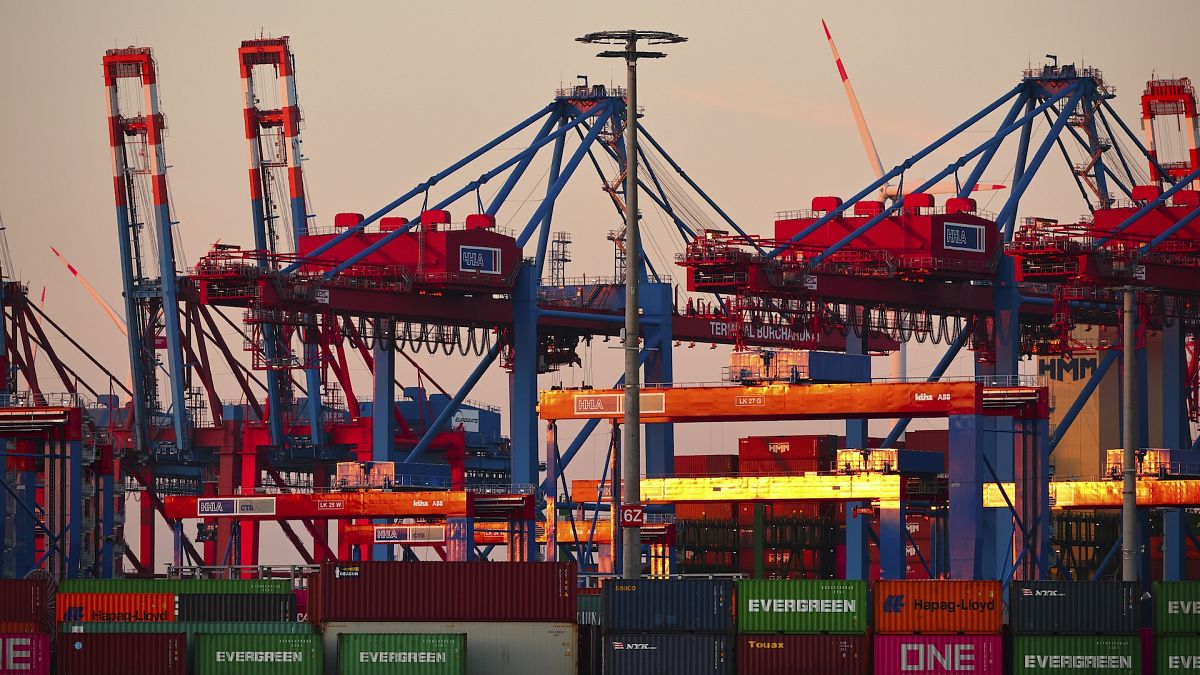In a decisive move to combat rampant inflation, Russia’s central bank has increased its key interest rate by a staggering 200 basis points, bringing it to a historic 21%. This maneuver aims to rein in growing inflation, which is being exacerbated by increased military spending.
On Friday, the central bank announced this strategic hike, emphasizing that “the rise in domestic demand significantly surpasses the capacity to expand the supply of goods and services.” The bank’s statement highlighted that inflation rates are considerably exceeding the forecasts made in July, with expectations for inflation continuing to rise. Officials hinted at the possibility of further rate increases as early as December.
The Russian economy remains in a phase of growth, propelled by ongoing oil export revenues and substantial government expenditure, particularly in the military sector. This surge in spending is a key factor in driving inflation, prompting the central bank to implement higher interest rates. The rationale is that increased borrowing costs can help mitigate consumer spending, thus easing pressure on prices.
Notably, this marks the highest interest rate level since the implementation of the key rate system in 2013, replacing the previous refinancing rate. The last rate peak occurred in February 2022, when the Russian central bank raised rates to 20% in an urgent response to the severe sanctions that followed the Kremlin’s actions in Ukraine.
In 2024, Russia’s economy showed a promising growth rate of 4.4% in the second quarter, accompanied by a remarkably low unemployment rate of 2.4%. Many factories are operating at full capacity, producing essential items for the military, including vehicles and clothing. Additionally, domestic manufacturers are stepping in to fill the void left by reduced imports due to sanctions or the withdrawal of foreign businesses from the Russian market.
Government revenues continue to benefit from economic growth coupled with ongoing exports of oil and gas, despite the challenges posed by Western sanctions and a $60 price cap imposed on Russian oil. This price ceiling is enforced by prohibiting Western insurers and shipping companies from handling oil transactions exceeding the cap. However, Russia has adeptly navigated these restrictions by securing its own fleet of tankers without reliance on Western insurance, resulting in approximately $17 billion in oil revenue in July.
Photo credit & article inspired by: Euronews



